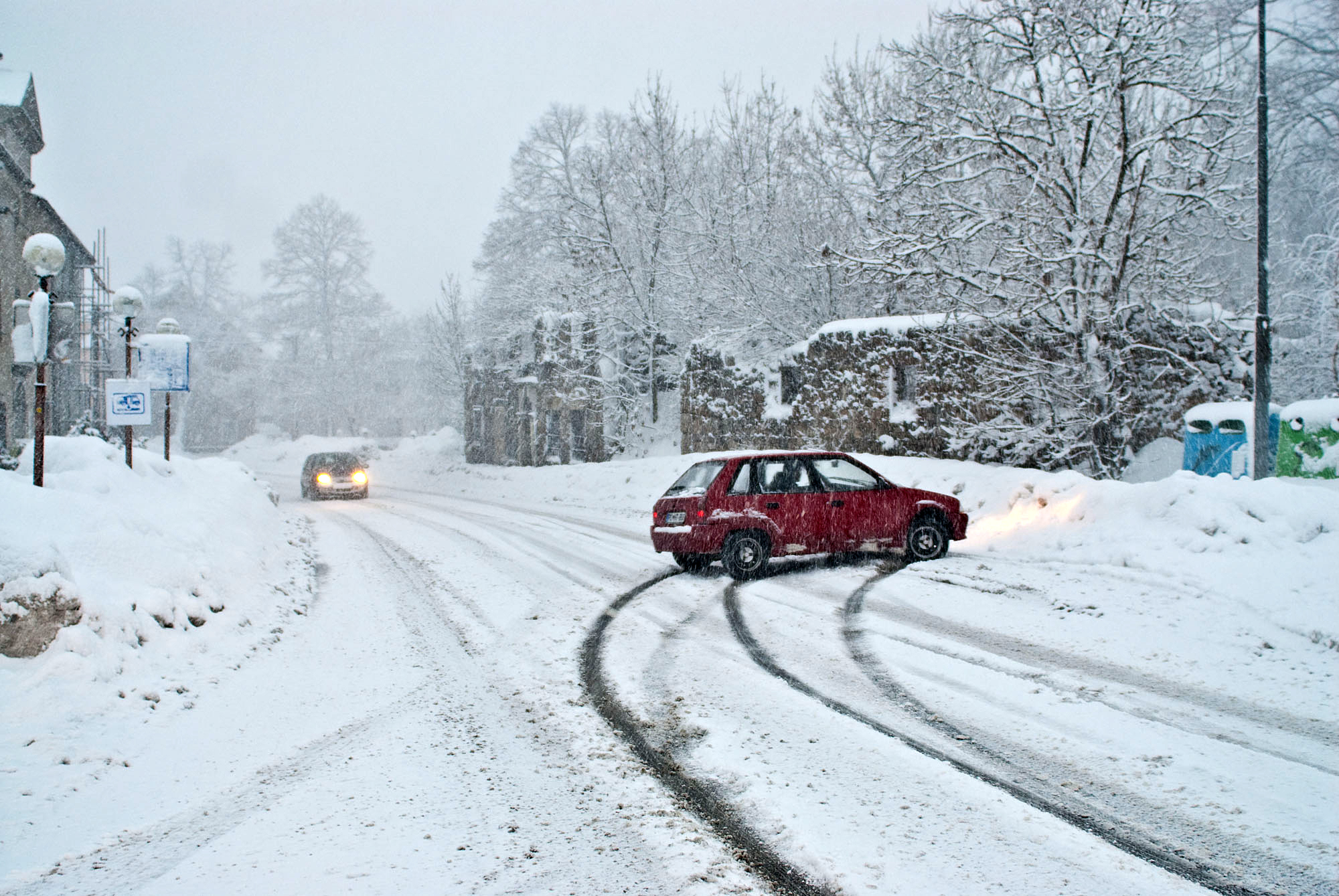
Snow can be the cause of road hazards for even the most experienced of drivers. However, when it comes to ice, black ice in particular, driving conditions can be treacherous.
In fact, according to the U.S. Department of Transportation Federal Highway Administration, more than 70 percent of American roads are located in snow-prone regions that receive an annual average of five inches of snowfall. According to statistical data from icyroadsafety.com, based on media reports, during the winter season of 2008-2009 there were at least 477 deaths as a result of icy roads.
For this reason, it’s imperative for all drivers to know how to best navigate black ice.
When snow melts and temperatures drop below freezing, these are the perfect conditions for black ice to form. These patches of ice on roadways also form when the air is cold and it’s raining. The cold temperature of the ground makes the water freeze on impact and it’s not easy for drivers to see the patches in order to avoid them.
Of course, black ice isn’t actually black, it gets its name from its ability to blend in with the road, so it’s good practice to always err on the side of caution when driving in freezing temperatures. Other ways of dealing with black ice include:
- Keeping a look out for patches of road that look glossier and darker than usual.
- Avoiding unnecessarily changing lanes.
- Using low beam headlights.
- Ensuring you leave plenty of room between your car and other vehicles.
- Braking turning, and driving slowly.
- Avoiding using cruise control.
If You Encounter Black Ice While Driving
If you hit black ice, don’t panic. Ease up on your accelerator, keep a good hold of the steering wheel, and steer your car in the direction you wish to travel in. Don’t over correct your steering. Your car has a complete lack of traction when it hits black ice, so remaining calm and refraining from overcompensating on your steering is imperative.
Keep in mind that black ice tends to form in the evenings, and during the early hours of the morning, however in freezing conditions it may not thaw at all during the day. Be alert when you’re driving, and if you think you spot black ice, or see other cars swerving for no reason, it could be black ice that’s the cause, so it’s crucial to be vigilant.
Of course, even if you practice all the proper precautions, there’s still a chance to encounter black ice because it is nearly impossible to spot in some cases. That’s why it is vital to have a good auto insurance policy in the event that you have a car accident that involves black ice. For a free auto insurance quote from us here at BOLT Insurance Agency, complete our online insurance quote form.